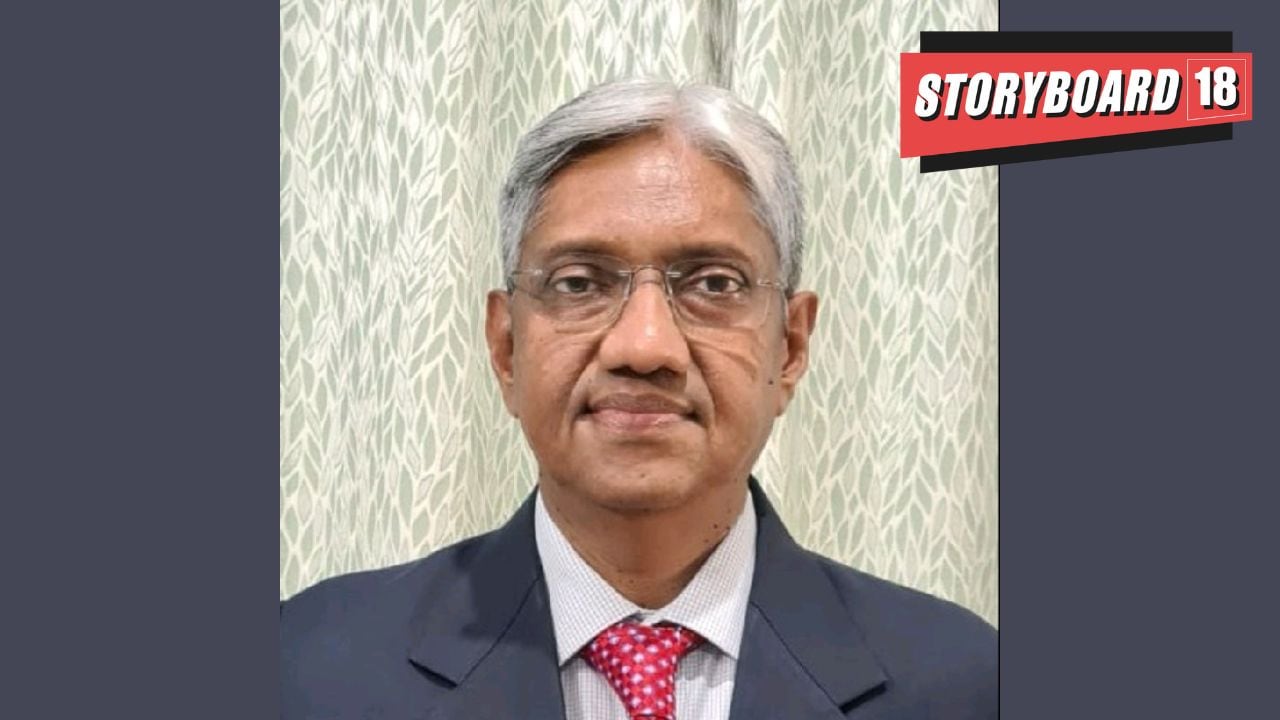At the annual Federation of Indian Chambers of Commerce and Industry (FICCI) FRAMES conference, industry leaders discussed how to navigate the future of the media and entertainment industry. The Indian media and entertainment industry is witnessing significant changes, with shifting consumer preferences for high-quality content, new broadcasting technologies, pressures on advertising spend, and the advent of AI.
Speaking about the proliferation of screens and mobile in particular in relation to television, Anil Kumar Lahoti, Chairman of Telecom Regulatory Authority of India (TRAI), said mobile supports the growth of television and expands TV’s reach rather than replacing the TV which has a headroom to grow as 140 million homes are yet to get their first TV.
He said that is it often considered now that since people have started consuming most of their content on their smartphones, why would they want to watch TV anymore? Lahoti answered saying that TV is a large screen device and phones are much smaller in size. Thus, the viewing experience on both is completely different.
“Mobile is not replacing TV, it is augmenting TV and expanding the reach of TV. It is also expanding the viewing time. Since TV cannot be carried everywhere, mobile helps people view content on the go, thereby increasing the viewing time. This will rather support the industry,” he said.
“I personally feel it is good for the TV industry as it will give them the chance to innovate and improve its quality and make itself more affordable. So, I don’t think there is any reason to think TV is dead,” Lahoti added.
He further added that unlike OTT, TV has over 900 channels and a lot of these channels are in regional and traditional languages. OTT platforms are nowhere near achieving this he said. For India, regional content is very important.
Lahoti shared, “Another thing is that almost 1000 MSOs are operating the entire cable TV system. They are present right in the field, they are next-door to the consumer, and so they have the strength of accessing the consumer, unlike OTT. TV has to leverage their strength and provide a service for the consumer.”
Lahoti was engaged in a fireside chat with Harit Nagpal, who is the CEO of Tata Play. He also stressed on factors like incomes and affordability, eliminating entry barriers, choice of content, and infrastructure, which will also drive and determine growth in the Media and Entertainment industry.
He said that as far as affordability is concerned, the industry needs to understand that consumers aspire to have a TV in their homes. And, the industry needs to work towards eliminating the entry barrier.
Earlier, Gaurav Dwivedi, CEO, Prasar Bharati addressed how to navigate the crossroads of regulation and consumer welfare, saying that the emerging ecosystem is posing a great challenge to the traditional broadcasters whether terrestrial or satellite.
“Traditional broadcasters need to evolve, innovate and reach out to the audience through multiple platforms by using the new media platforms to complement the services rendered through traditional broadcasting means. This requires considerable commitment of resources on the emerging platforms and technologies while sustaining the traditional linear broadcast infrastructure,” Dwivedi said.
OTT services, digital cable and DTH operators are presently competing to occupy more space in the broadcasting industry for distribution of content. Dwivedi said that these platforms have their own USPs.
“OTT services have caused disruption to traditional broadcasting services and are becoming more and more popular – especially in the urban areas. As the services are using internet connection, it can be accessed anywhere. Many DTH operators are providing access to their services through OTT to complement their traditional services and keeping their consumers with them. However, the requirement of reliable high-speed broadband is limiting their reach. This further calls for enhanced harmony between media and telecom,” he said.
Read More: FICCI FRAMES: Industry leaders on future-proofing India’s media and entertainment industry
He also said, “With Media and entertainment sector expected to reach a humongous INR 2.83 trillion in 2025, the regulatory responsibility of those driving the sector becomes paramount.”
Dwivedi added, “TRAI rightly mentioned in one of its consultation papers ‘To accommodate new services and the evolving marketplace, many countries are modifying their policy-making and regulatory frameworks and institutions addressing the phenomenon of convergence of the telecom and broadcasting industries.’ One of the ways this has been achieved is by merging different regulatory authorities for telecom and broadcasting into one regulatory body.x”
He further said, “Large economies around the world like the USA, UK, Australia, European Union, etc. have established the converged regulators who are empowered and made responsible for overseeing the complete electronic communication space which includes telecommunication, broadcasting, media, and cyberspace. They have a common body that authorizes or provides licenses for both telecommunications and broadcast service.’ In light of the above, India finds itself ideally suited to discuss, debate and adopt best of international practices keeping in view its own set of challenges, consumer profile and stakeholders.”
